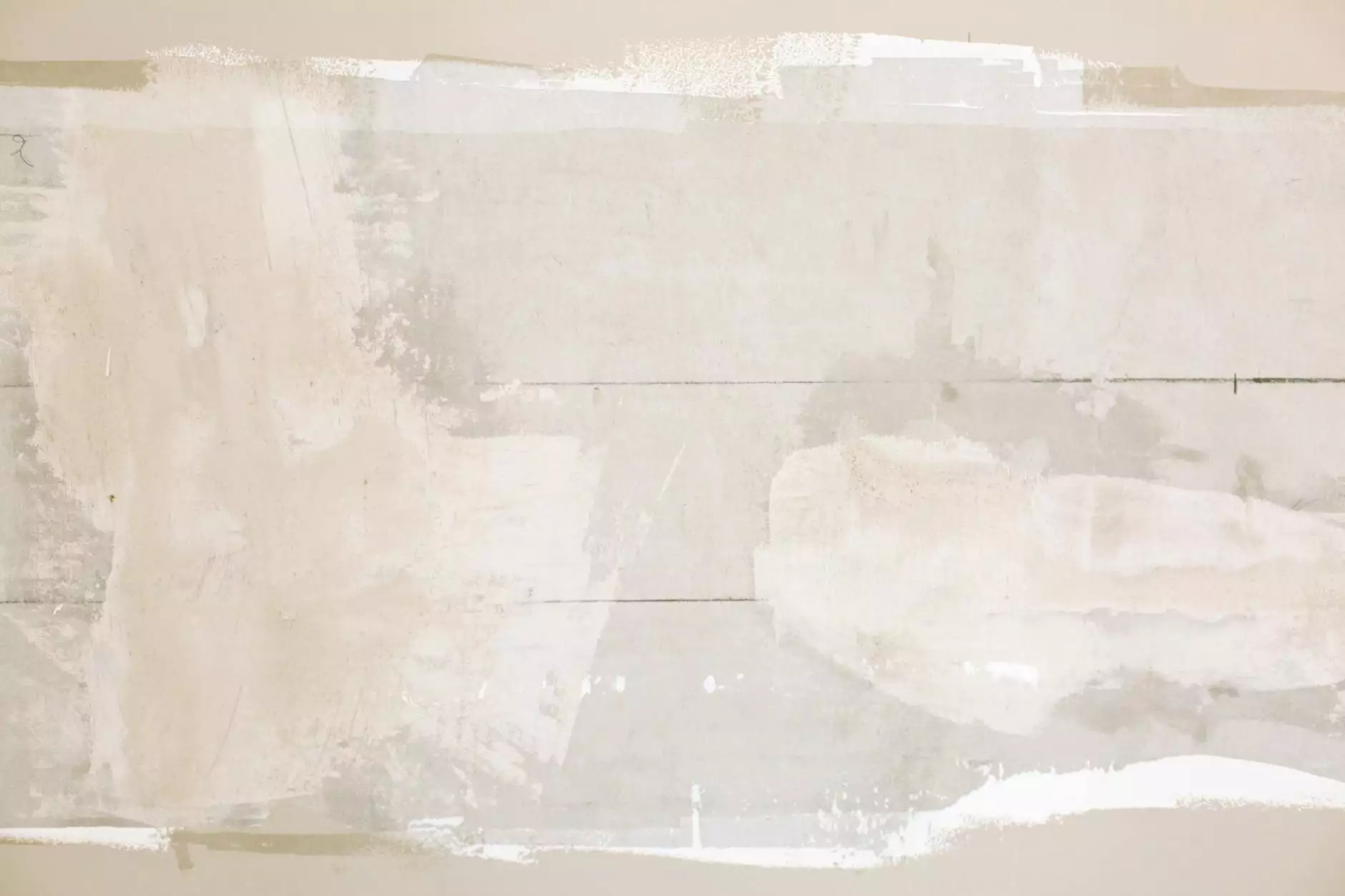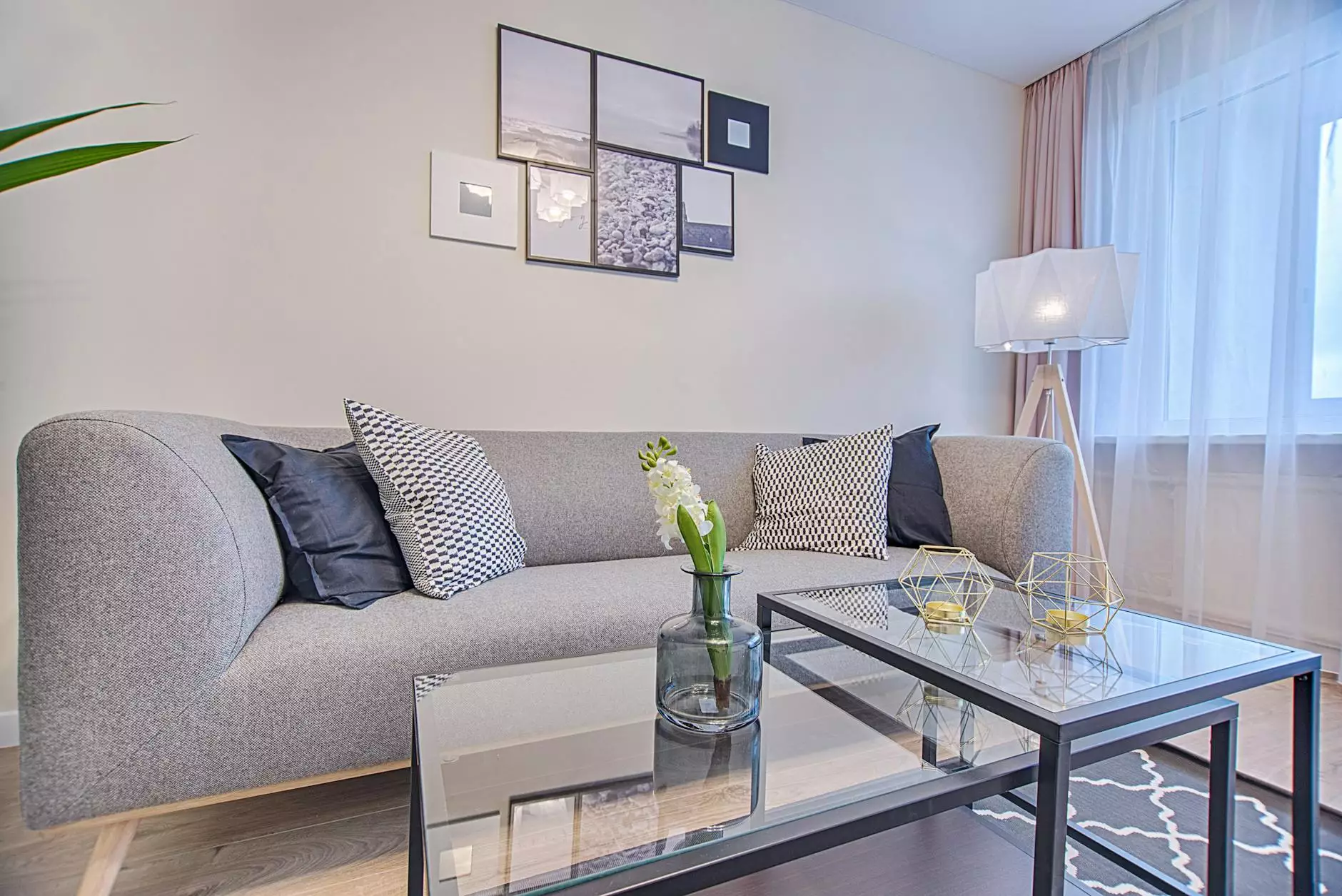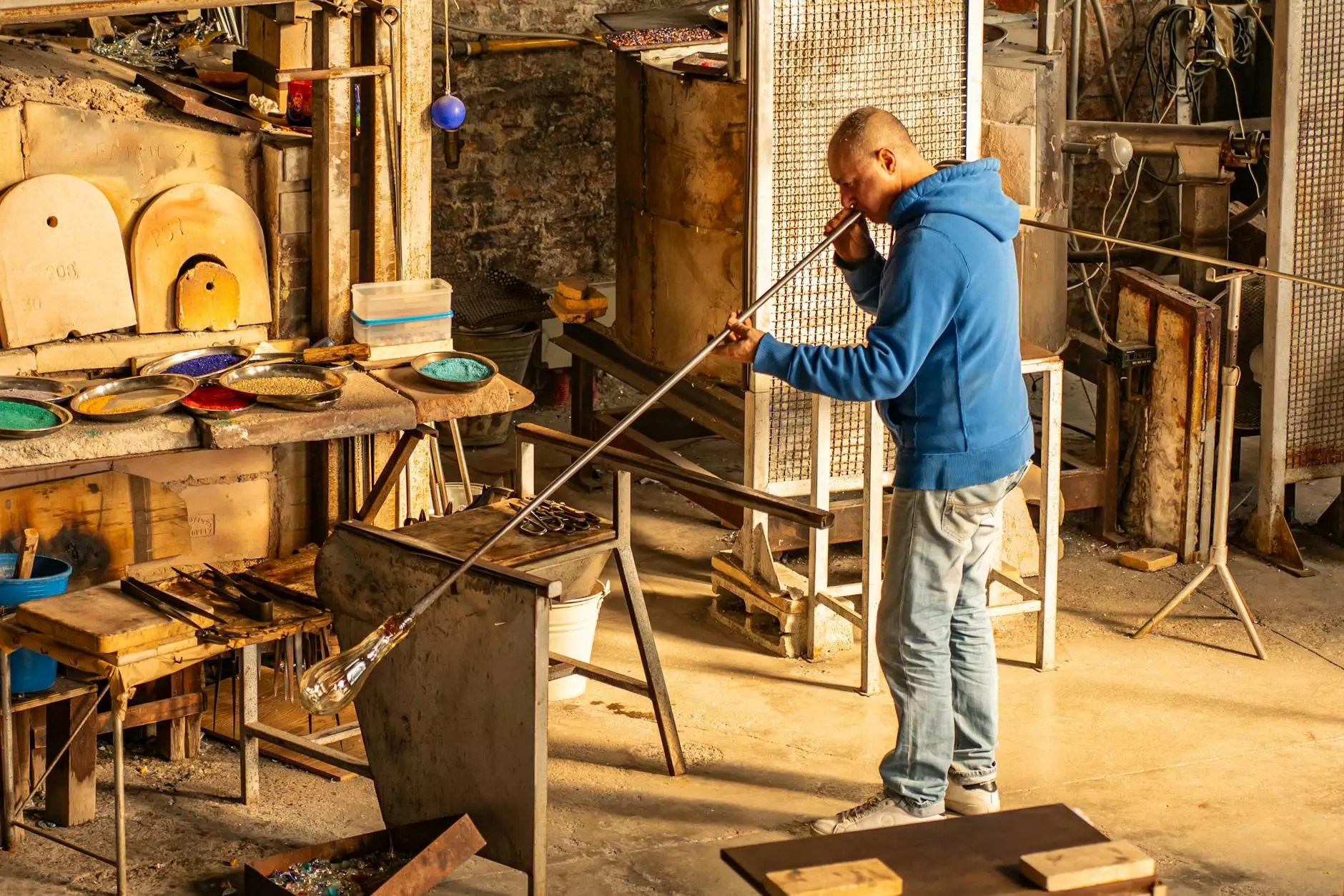The Ultimate Guide to the Pool Plastering Process

When it comes to maintaining the beauty and functionality of a swimming pool, pool plastering is one of the most essential processes. Not only does it enhance the aesthetic appeal, but it also provides a protective layer to the underlying structure of your pool. This article delves into the intricate details of the pool plastering process, offering insights for homeowners, pool maintenance professionals, and anyone interested in understanding the importance of this crucial aspect of pool renovation.
What is Pool Plastering?
Pool plastering refers to the application of a mixture of cement, sand, and various additives to the interior surface of the swimming pool. This layer provides a smooth, durable finish that is essential for both the aesthetics and hygiene of the pool. Over time, the plaster can wear down due to exposure to water chemicals, pool use, and UV rays, which is why regular maintenance and replastering is vital.
The Basics of Pool Plastering
The primary purpose of pool plastering is twofold:
- Protective Barrier: Plaster acts as a barrier against algae and bacteria, making your pool healthier and safer for swimmers.
- Aesthetic Appeal: A newly plastered pool offers a pristine, inviting look that can enhance the overall landscape of your backyard.
Why Is Pool Plastering Important?
Over time, the plaster in your pool can become rough, chipped, or faded, which can lead to additional problems such as leaks or structural damage. Therefore, understanding the pool plastering process and addressing it promptly is crucial. Here are some key reasons why:
- Durability: High-quality plaster can last 5 to 15 years when properly applied and maintained.
- Safety: Smooth plaster reduces the risk of cuts and scrapes for swimmers.
- Hygiene: A well-maintained plaster surface prevents the growth of harmful bacteria.
Steps Involved in the Pool Plastering Process
The pool plastering process can be complex, but it can be broken down into several key steps that ensure a successful application. Below, we offer a detailed overview of each step in the process.
1. Preparation
Before starting the plastering process, thorough preparation is essential:
- Drain the Pool: Remove all water from the pool. This allows the plaster to bond better to the surface.
- Clean the Surface: Remove any debris, old plaster, or algae from the plastered areas. A pressure washer can be helpful to fully clean the surface.
- Repairs: Inspect the pool structure for cracks or damage and repair these areas to ensure a solid base for the new plaster.
2. Mixing the Plaster
After the surface preparation, the plaster mix must be created. This typically includes:
- Cement: Provides the strength and foundation of the plaster.
- Aggregates: Sand is commonly used as a fine aggregate.
- Additives: Various chemicals can be added to enhance the longevity and workability of the plaster.
It's crucial to follow the manufacturer's guidelines when mixing to ensure that the plaster achieves the ideal consistency.
3. Application of Plaster
Applying the plaster is a critical step in the pool plastering process. Here's how it's done:
- Screeding: The first application layer is often 'screeded,' which means it is leveled off to create a smooth surface.
- Floating: Once screeded, additional layers are then floated on to create the desired thickness and smoothness.
- Finishing: A finishing float is used to achieve a fine finish, and a sponge or trowel can be used for final touches.
4. Curing Process
After application, curing is crucial. Proper curing reduces the chances of cracking and enhances the life of the plaster. It requires maintaining moisture on the surface for several days. This can be done through:
- Watering the plaster every few hours.
- Covering the surface with wet burlap or plastic sheeting.
5. Filling the Pool
After the curing period, the pool can be refilled. However, be cautious about the rate of water filling to prevent pressure changes that might damage the new plaster.
Common Materials Used in Pool Plastering
The choice of materials can significantly impact the final appearance and durability of the plaster job. Here are some commonly used materials:
- Standard White Plaster: A traditional choice made from white cement and marble dust offering a classic look.
- Colored Plaster: Pigments can be added to create various color choices, enhancing the visual appeal of the pool.
- Quartz Plaster: An upgrade from standard plaster, quartz plaster incorporates colored quartz aggregates for extra durability and aesthetic options.
- Pebble Finishes: This option combines plastering with natural stones to create a unique texture and look.
Benefits of Choosing Professional Pool Plastering Services
While it may be tempting to attempt a DIY plastering project, hiring professionals can provide several benefits:
- Expertise: Professionals have the right training and experience to ensure the job is done correctly and efficiently.
- Quality Materials: Professionals often have access to and can recommend the best materials tailored for your specific pool type.
- Time-Saving: A professional crew can complete the work faster than a DIY attempt, allowing you to enjoy your pool sooner.
- Warranty: Many professional services offer warranties on their work, providing you with peace of mind.
Conclusion
Understanding the detailed pool plastering process is essential for any pool owner or enthusiast. By knowing what to expect and the steps involved, you can ensure that your swimming pool remains a beautiful and safe place for relaxation and recreation.
If you're considering pool renovation, particularly plastering, it’s advisable to consult professionals who are experienced and can make recommendations based on your specific needs. Remember, a well-maintained pool is not just a luxury; it's an essential part of your home's outdoor living space.
For expert pool renovation services, including pool plastering, feel free to visit our website at poolrenovation.com.









